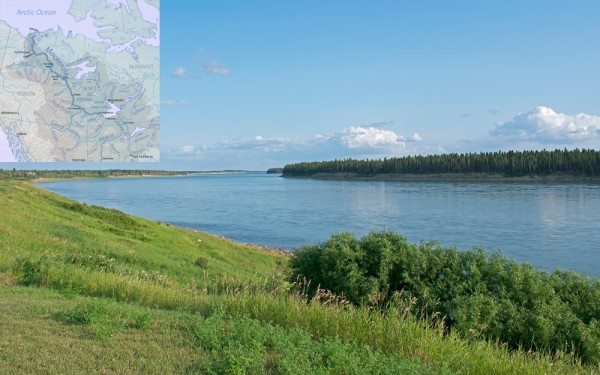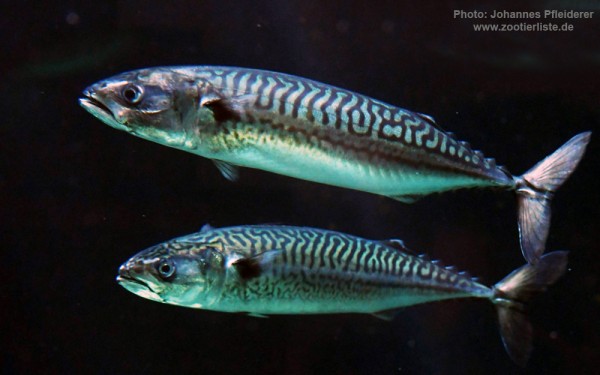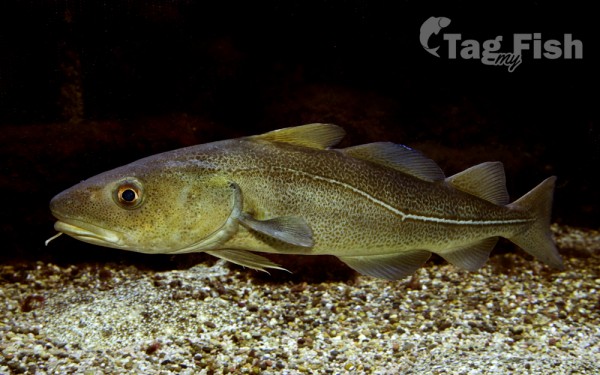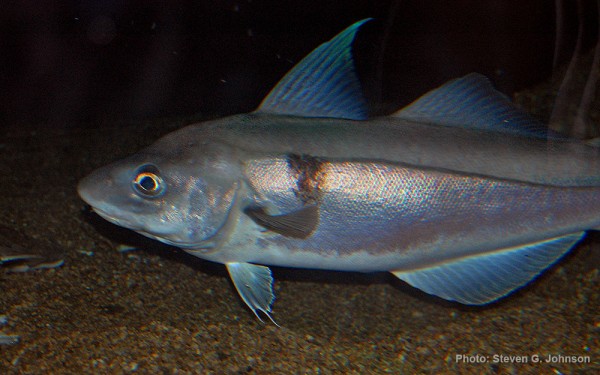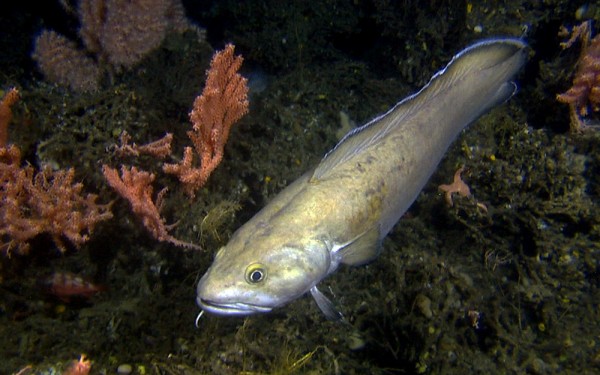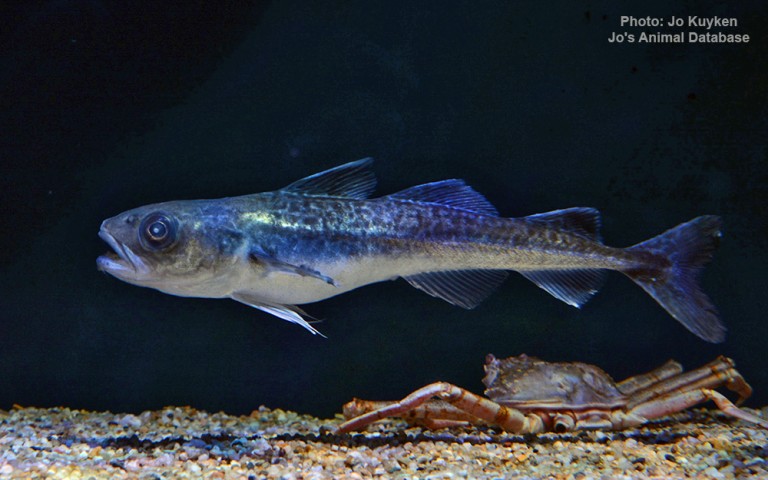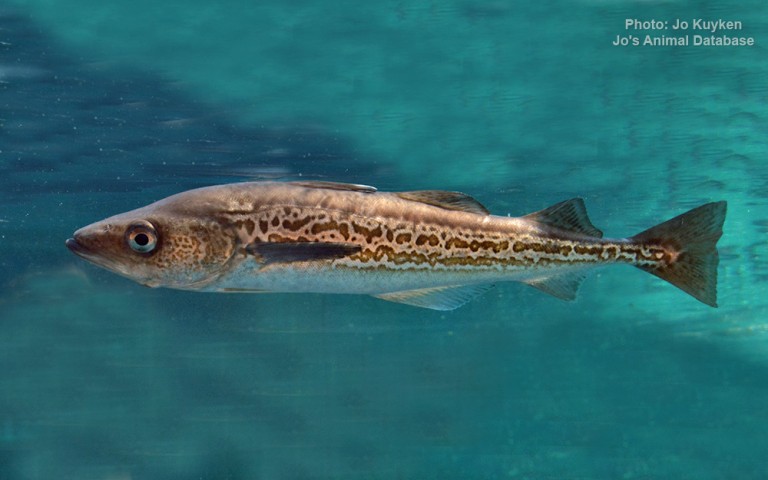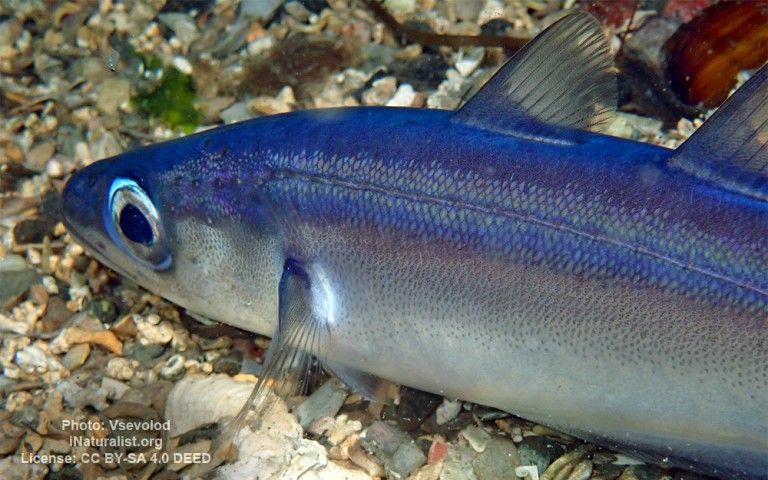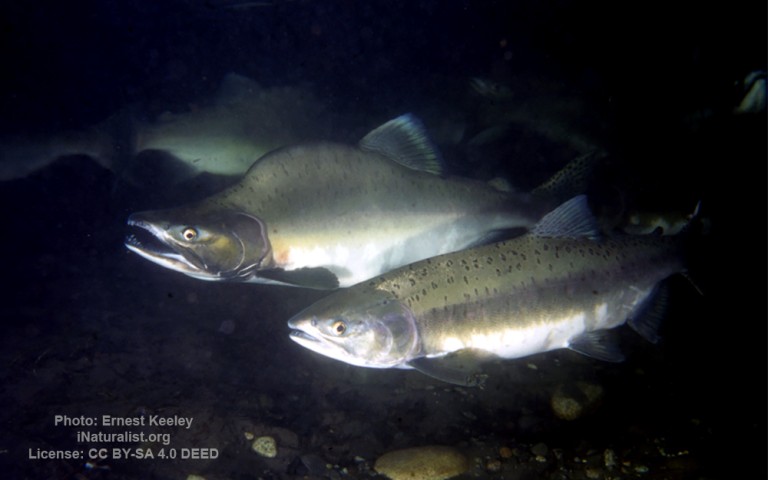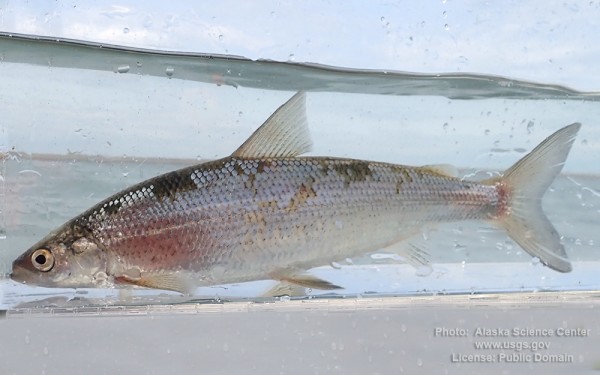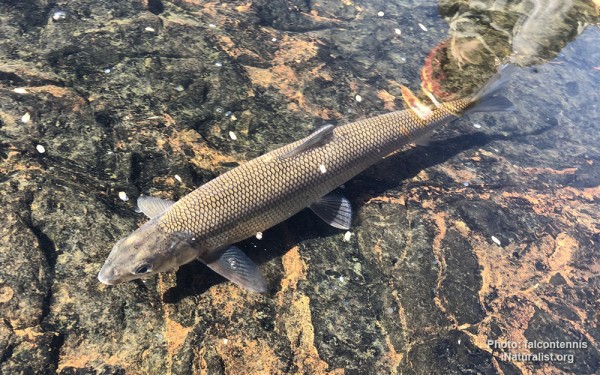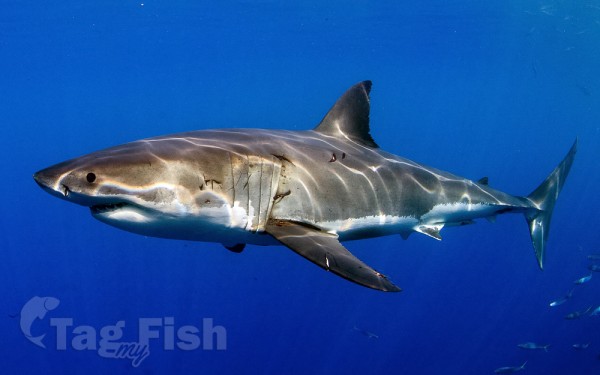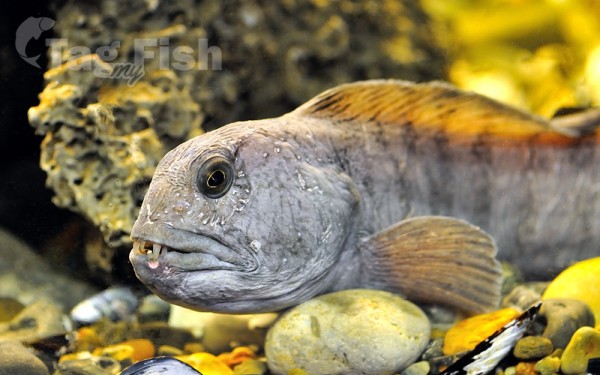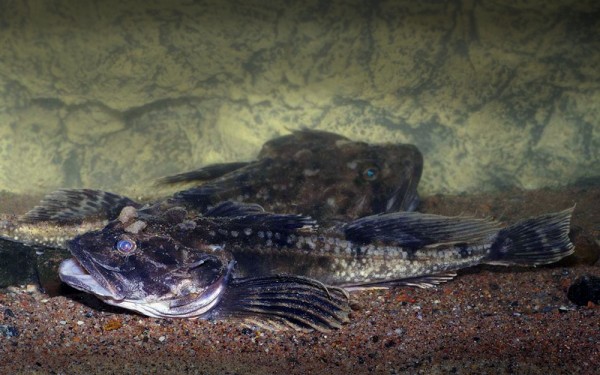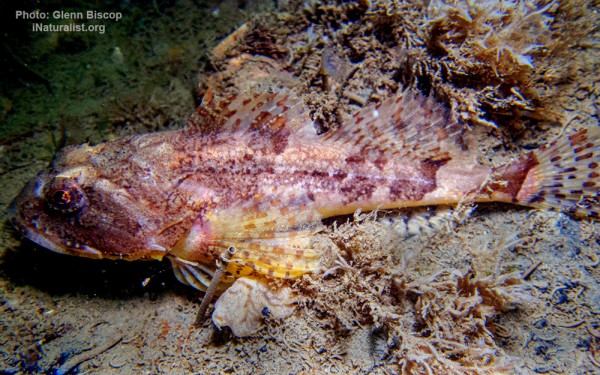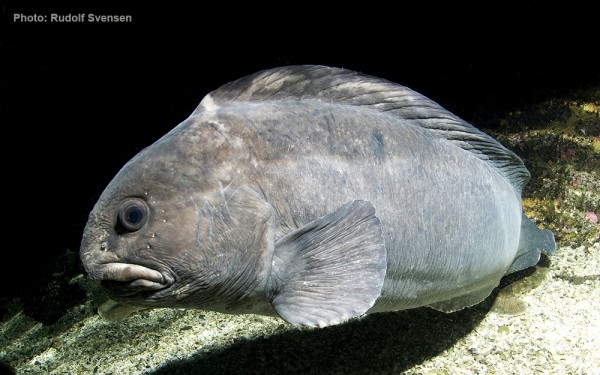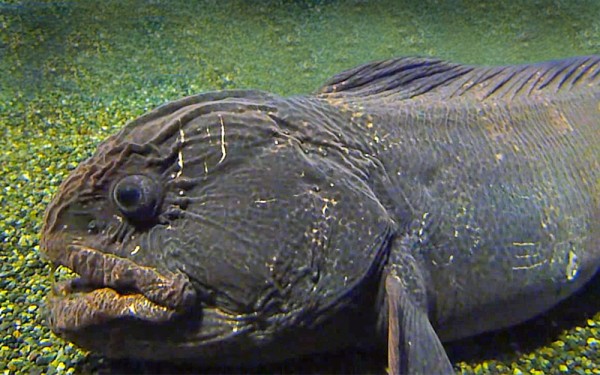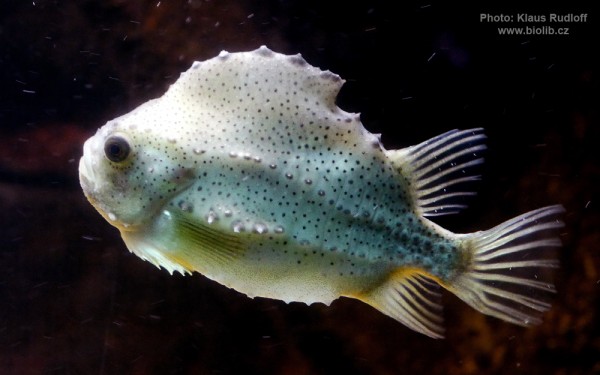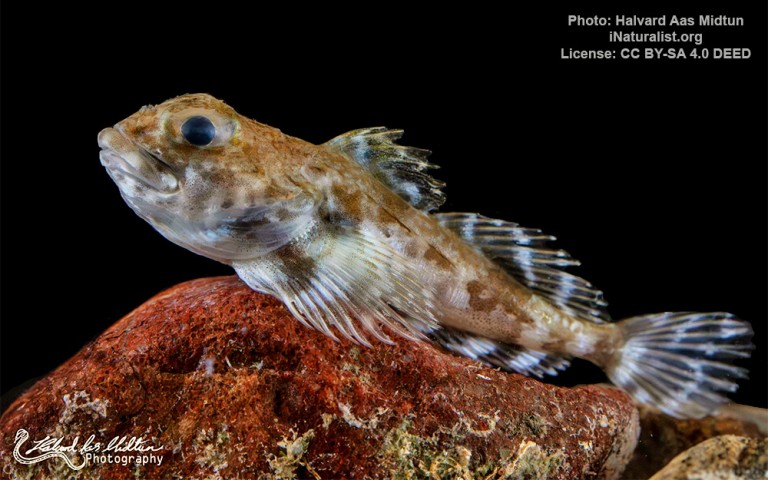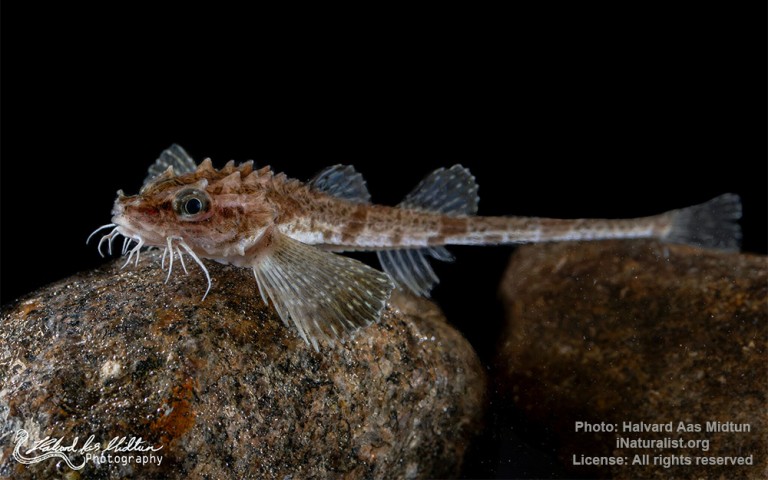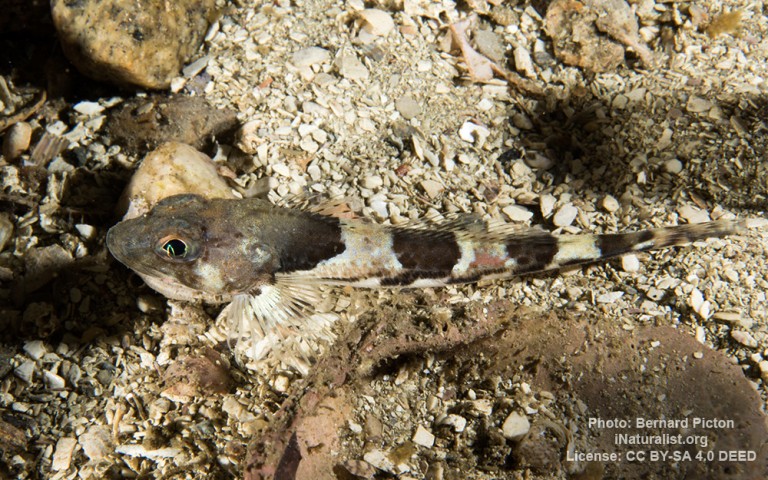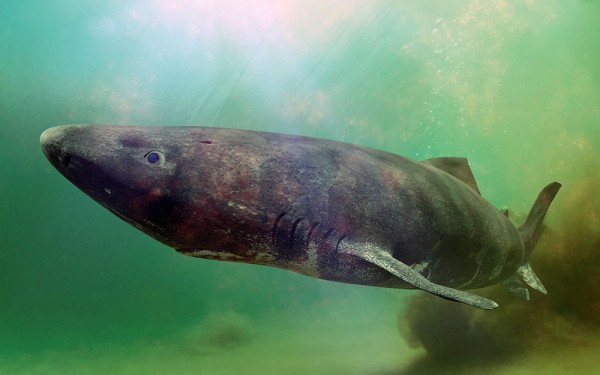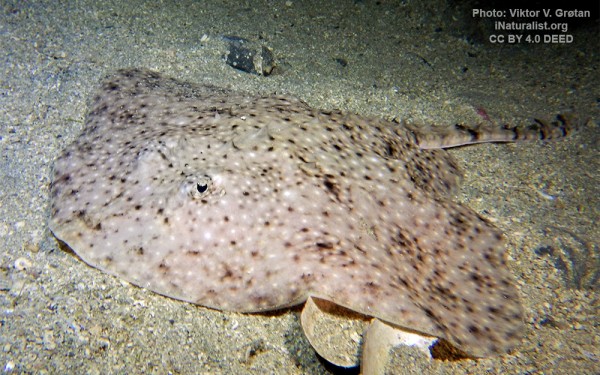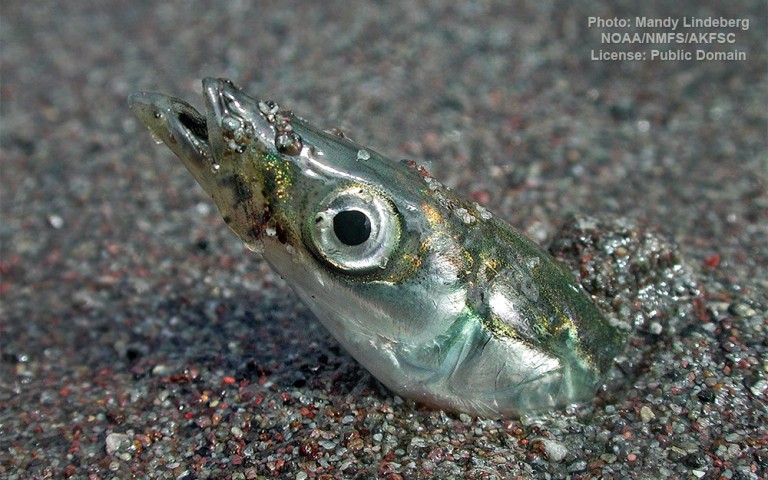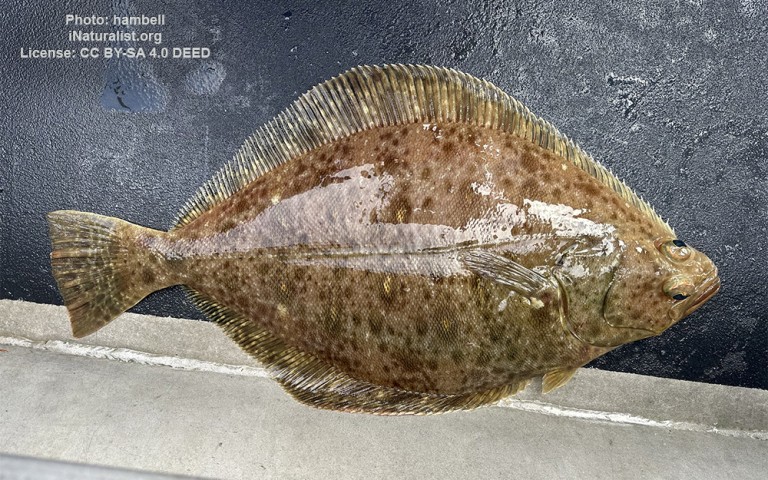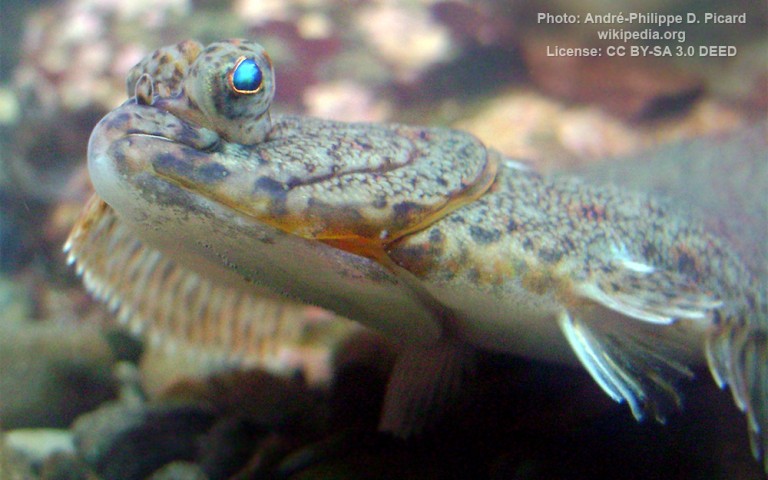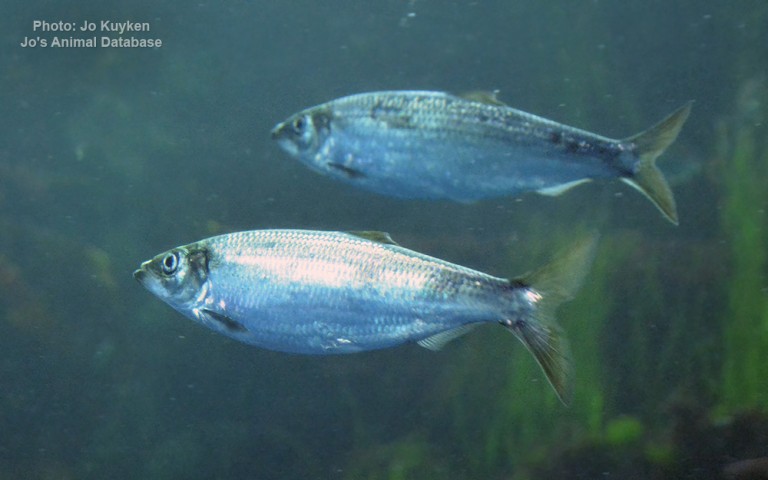Beaufort sea
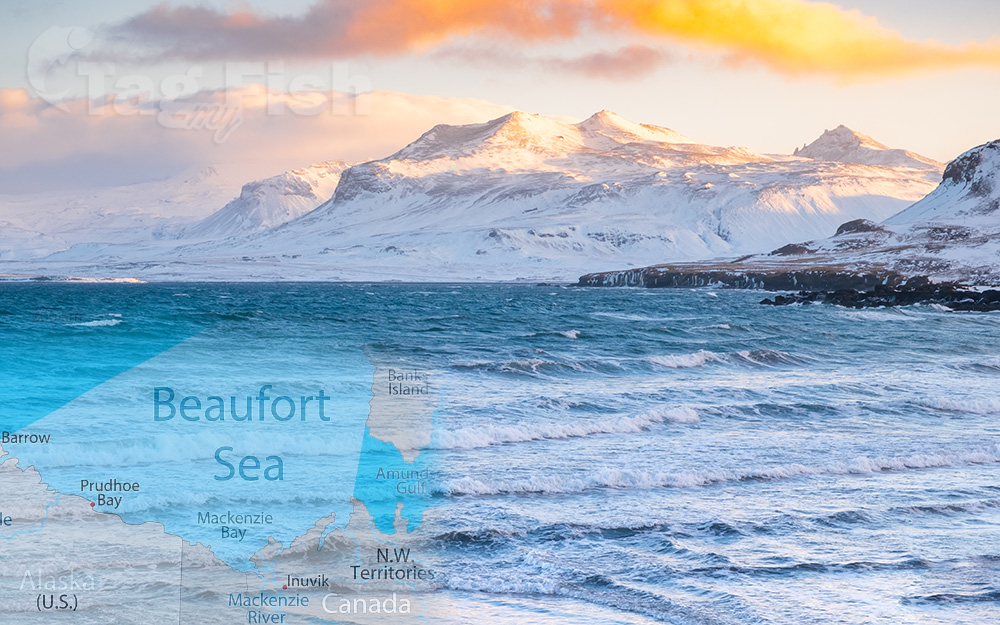
Largest tributaries
Scombriformes - Mackerels
Gadiformes - Cods
Salmoniformes - Salmons and Trouts
Lamniformes - Mackerel sharks
Scorpaeniformes - Mail-cheeked fishes
Squaliformes - Sleeper and dogfish sharks
Rajiformes - Skates and rays
Trachiniformes - Weeverfishes
Pleuronectiformes - Flatfishes
Clupeiformes - Herrings
The Beaufort Sea is a marginal sea of the Arctic Ocean, located north of the Northwest Territories, the Yukon, and Alaska, and west of Canadas Arctic islands. The sea is named after Sir Francis Beaufort, a hydrographer.
The Mackenzie River, the longest in Canada, empties into the Canadian part of the Beaufort Sea west of Tuktoyaktuk, which is one of the few permanent settlements on the seas shores.
The sea, characterized by severe climate, is frozen over most of the year. Historically, only a narrow pass up to 100 km (62 mi) opened in August–September near its shores, but recently due to climate change in the Arctic the ice-free area in late summer has greatly enlarged. Until recently, the Beaufort Sea was known as an important reservoir for the replenishment of Arctic sea ice. Sea ice would often rotate for several years in the Beaufort Gyre, the dominant ocean current of the Beaufort Sea, growing into sturdy and thick multi-year ice.
